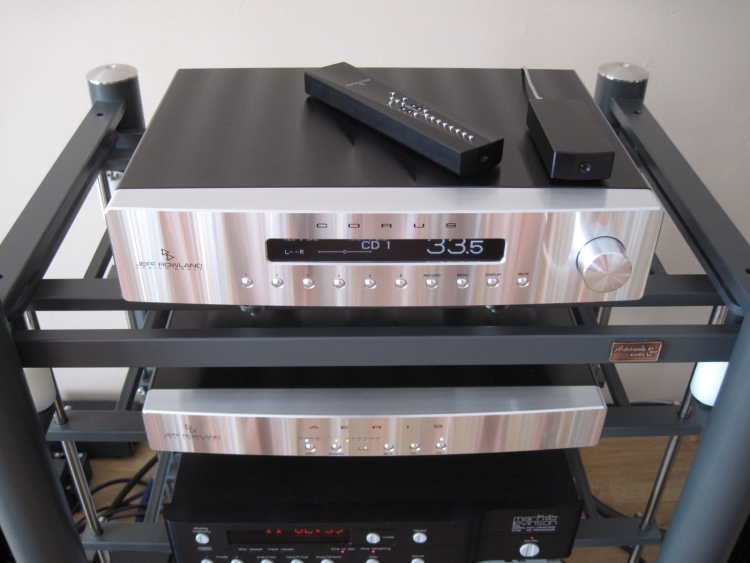
After changing my setup, with different speakers, and on the other side of the room, the Corus deserved a second audition
Review sample kindly supplied by Alex Loth of A10Audio
Retail price in 2016: 19.750 euro
Please note that this is part 2 of the initial Corus review. In 2013 my system was quite different than it is now and in that context the Corus did not fully show its potential. The outcome this time around is entirely different!
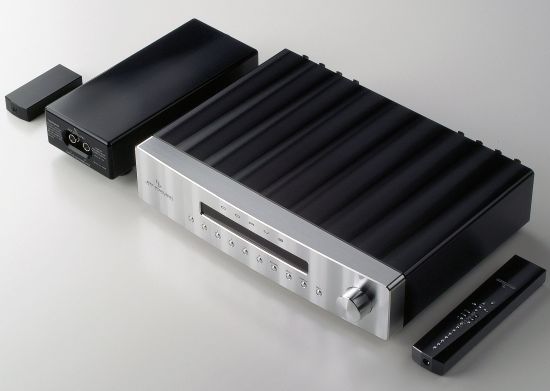
Some time after the initial 2013 review I changed speakers from Magnepan MG3.6R’s to Apogee Divas and set up the system at the other end of the room and along with some other tweaks this made for a real transformation in sound. In the old listening position, I always needed to use subwoofers, both because the Maggies are just a little lean in the bass, but also, as would turn out later, because the room had some serious bass cancellation going on. Instead of “friendly” room modes that add extra bass, my room modes were such that they contributed to a large dip in the midbass. This made for an overly lean sound that I just could not get rid of. Once this was sorted I figured that the Corus deserved a second appraisal.
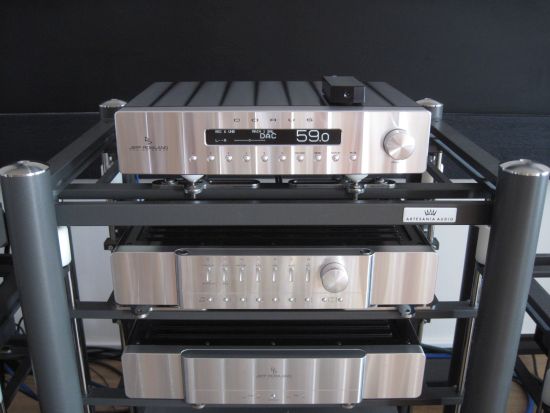
I figured so because the initial review had already shown that the Corus is technically clearly superior and the only thing holding me back in falling in love with it was the lack of harmonic fulness at that time, which, combined with the clean sounding Magnepans made for a sound that was a bit too cool. Now that my sound had excellent bass power and extension, and was gloriously rich through the midbass and up, I had a feeling that the Corus might feel right at home in my new setup.
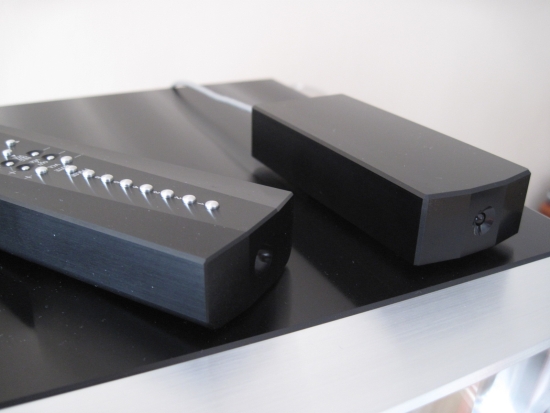
Alex Loth of A10 Audio in Amsterdam was kind enough to loan me a Corus to me for two weeks. Sure enough, as soon as I connected it I recognized its extremely refined sound. It has higher resolution, more fluid treble and much better articulation than any of the preceding Jeff Rowland preamps. No doubt, the Corus sounds markedly different from the classic Jeff Rowland sound, but it is definitely highly elegant in its presentation.
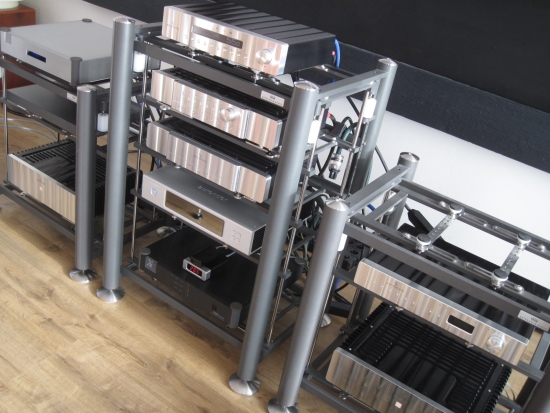
Although the Corus does have a more modern sound, I must admit to quite liking it. Now that my system has an inherently much more sonorous sound, the Corus makes perfect sense. Not only is the detail retrieval raised to unprecedented levels, the increase in imaging, focus and bass articulation is also remarkable. It incredibly wide-band and even-handed from top to bottom and sounds positively crispy without ever sounding edgy.
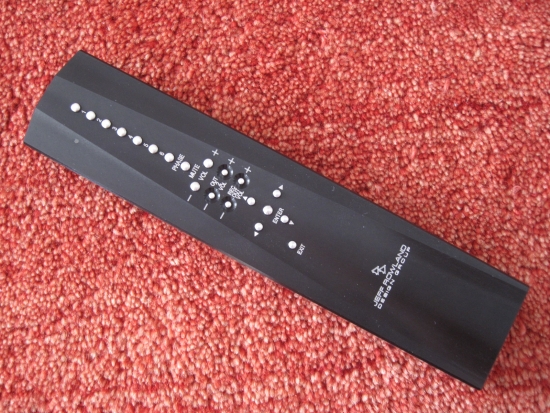
Its excellent control in the bass makes for better toe-tapping PRAT and although the bass can appear to be thinner than that of the Coherence II, it is every bit as deep, if not deeper. Basslines are now so easy to follow and make for a more lifelike presentation. Actually, that is the thing: while the Coherence II and Synergy IIi may sound creamier, the Corus sounds much more like real music. The beauty is that it does this while retaining the Rowland hallmark 100% grain-free sound.
It has been said that the Capri S2 is something of a Corus-lite but having heard the Capri S2 myself not too long ago, I would caution against statements like these because it just doesn’t do the Corus justice. The Corus really is in a league of its own, as it should be, given the price difference.
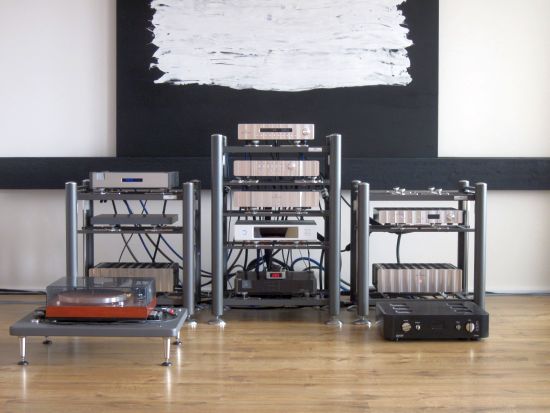
A comparison was also made with the Concerto preamp (top right in the picture above). This is an excellent preamp in its own right, and the best I heard at its price. The Concerto manages to have tighter, more solid bass and more pronounced transient behavior than both the Synergy IIi and Coherence II, if not quite their smoothness, sense of flow and enveloping soundstage. You could say that the Concerto’s sound is placed between the classic Rowland sound and the modern Corus sound. But as good as it is, the Concerto is effortlessly bettered by the Corus in the areas of refinement, focus and articulation. Most noticeable is how incredibly finely resolved the Corus is. Just like a Retina display, the inherent resolution might not be evident immediately when assessed on its own, but a comparison with other preamps makes this abundantly clear.
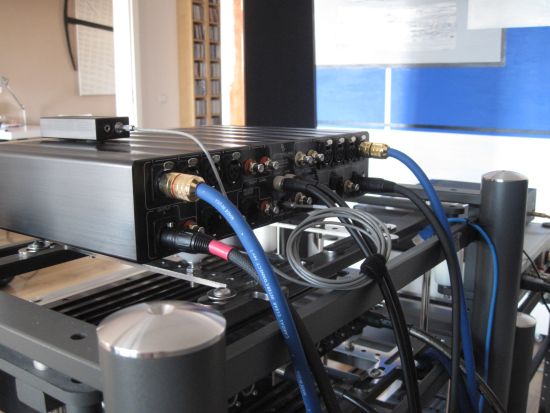
The Corus really is the most neutral preamp that I have heard. It does not add nor subtract anything and sounds direct-coupled in a way. It does not have the downsides however that for example, a Wadia DAC has when connected directly to the power amps. The Corus provides all the treble air and finesse and all the subtle soundstage layering that is expected from a Rowland preamp, but without adding any character of its own, and that is truly remarkable.
Its refusal to add any sound or character of its own does mean that it also does not add any bloom or harmonics to the midbass, where it traditionally is added by most preamps, classic Rowlands included and at times I can long for a little extra ripeness, especially with thin-sounding recordings. But that’s inherent when using a preamp as superbly neutral as the Corus. It cannot make a bad recording shine. Don’t assume however that the Corus cannot sound romantic, believe me it really can! Fourplay for example has never sounded sweeter and more sonorous and at the same time so utterly life-like and believable. It is just more honest than any Rowland amp that preceded it. And once you appreciate its honesty, there is no going back.
One last thing: the dynamics. In the initial review I noted a certain restraint and found the other Rowland preamps that I had at hand to sound more dynamic. By this I meant that the others had more a sense of dynamic swing, the ability to go from low level to high level with souplesse. In this respect the Corus sounded restrained at that time, but let me assure you: not this time! This could have been another system dependency, but I think it is more likely that the Corus needed more running in at the time. This time around however the Corus clearly has better dynamic behavior than any of the other preamps that I have at hand. It is lightning fast in its ability to portray dynamic differentiation and can play softly as well as loudly with ease.
It has taken me a while, but I now find that the Corus manages to move me in ways that other preamps just cannot, my own preamp included. And so, I feel that I owe the Corus an apology… it is most definitely an incredibly good preamplifier.
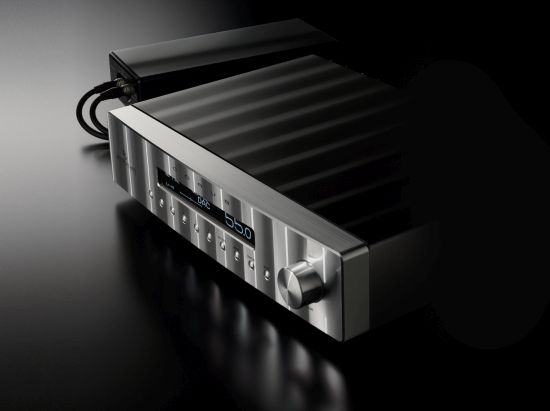
Conclusion
The Corus is a milestone achievement. It is superbly neutral but entirely natural and never sterile. It is incredibly articulate but also has the most fluid and airy treble that I have heard in any Rowland preamp so far and its imaging and low-level resolution are simply staggering. Technicalities aside, it is quite simply so very positively engaging that I am seriously having trouble returning to my own preamp.
Part 1 – Part 2

Note:
The Super Capacitor based PSU unit is now available and it can power the Corus, and the Aeris along with it. This means that the Corus’ switching power supply is completely bypassed and replaced with super-capacitor power. This promises to make a large difference and I definitely intend to conduct a follow-up review when I can lay hands on a Corus + PSU.
External Links
MANUFACTURER:
www.jeffrowlandgroup.com
A10 AUDIO – DEALER in NL:
Burgemeester Roëllstraat 10
1064 BM Amsterdam
Nederland
Telephone: +31207587290
Website : www.a10audio.nl
DISTRIBUTOR BENELUX:
HVP Audio
Prinses Irenelaan 218
2285GB Rijswijk
Nederland
Telephone: +31 61 492 69 47
Website : www.hvpaudio.com
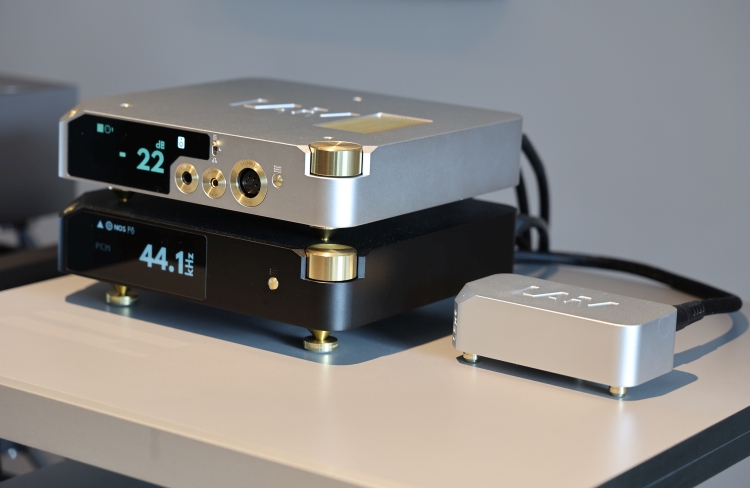
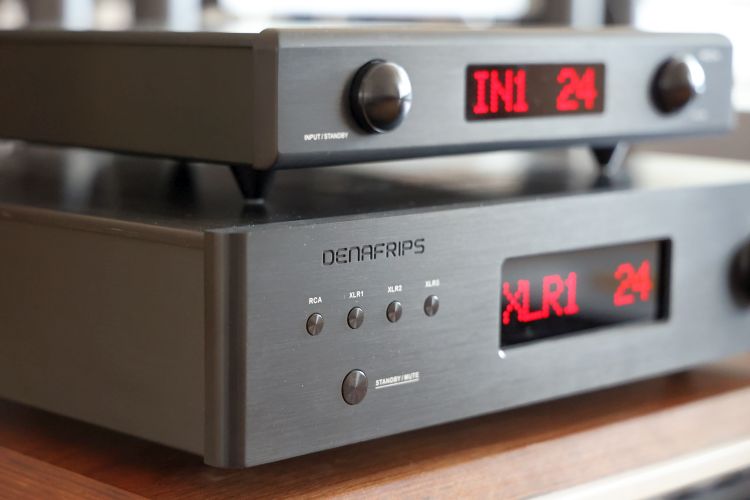
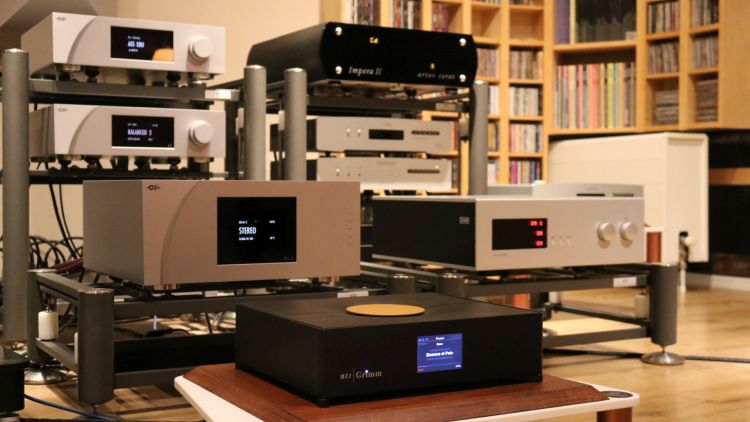
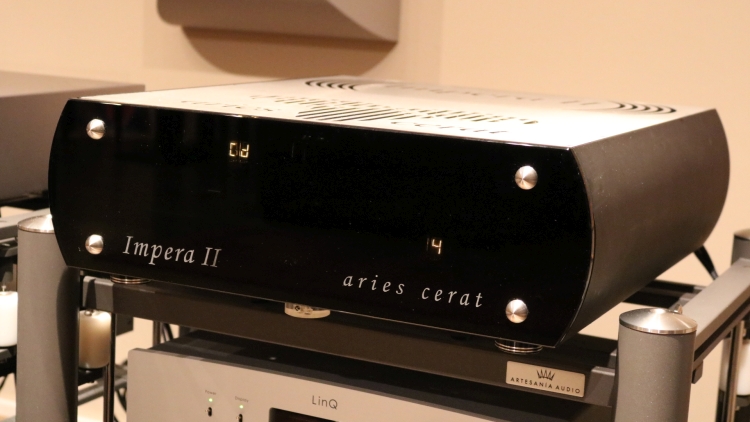
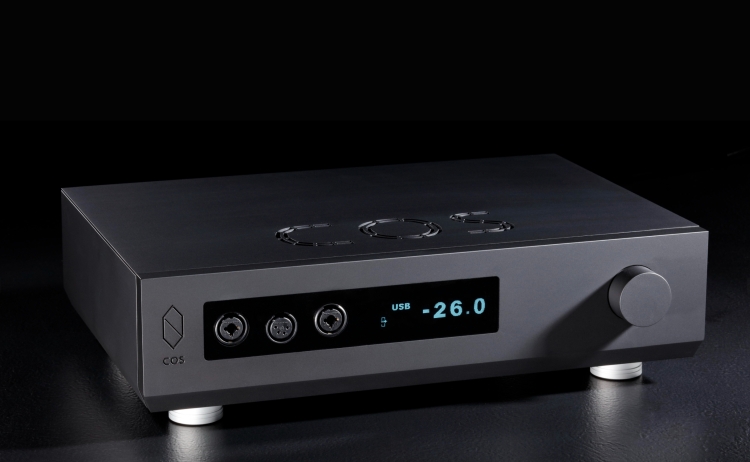
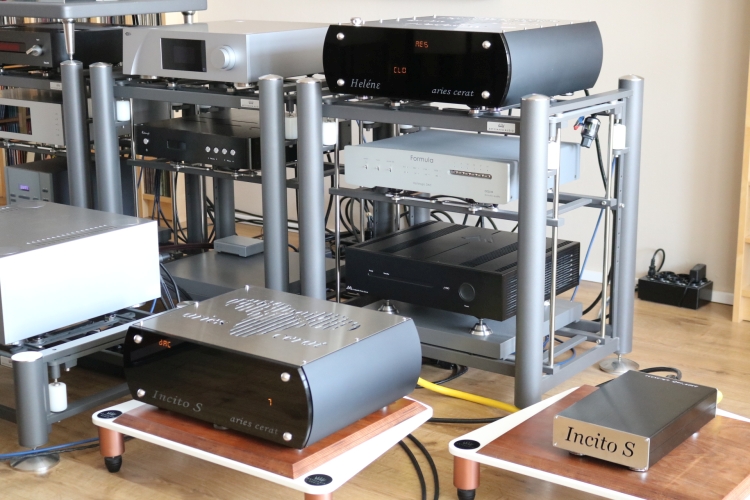
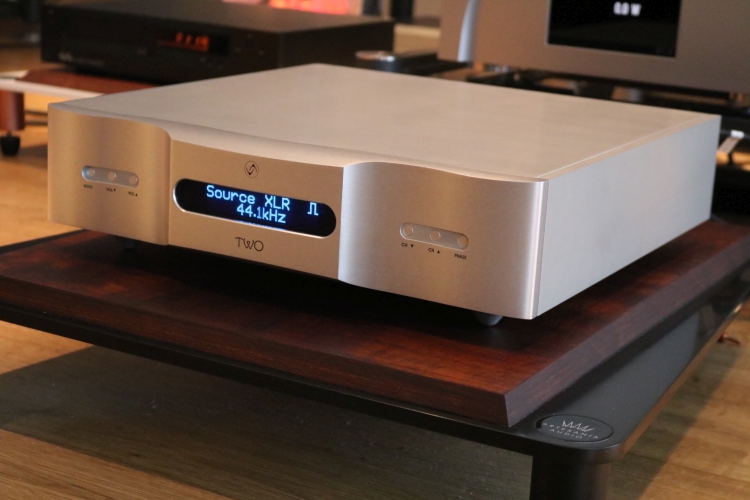
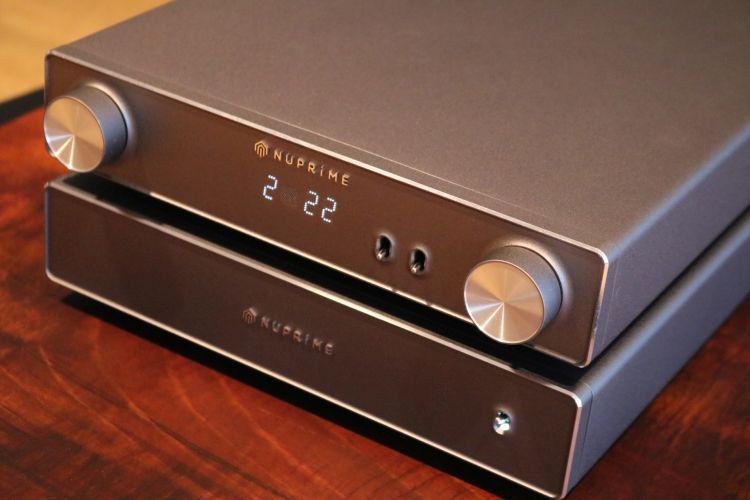
Christian: This Rowland (Corus) review reveals limited experience –in so far as “re-reviewing” an audio component. You offer up “reasons” for the discrepancies between then and now –a novice admission. And concerning, should your reviews hold weight for readers.
In any case, a statement you offered up must be scrutinized:
….” does mean that it also does not add any bloom or harmonics to the midbass, where it traditionally is added by most preamps, classic Rowlands included and at times I can long for a little extra ripeness”
The “bloom” and “harmonics” you (sometimes) wish for are (pre)amplification (and/or AC power) colorations, plain and simple.
The “Corus” appears to be commendably free from such nuance, texture and nuance destroying amplification artifacts in the lower frequency spectrum –commonly referred to as the ‘upper bass/lower mid-range’.
It appears (many?) listener’s complain of this missing coloration in loudspeaker, power amp and cables.
I am grateful some designer’s have isolated, addressed and eliminated this unnatural “thickening” of sound in this critical frequency band. (AC power ‘quality’ may also be a contributor)
Additionally. your insistence on using the equipment rack you do is also suspect –in that it alters the sound of equipment resting upon it. Altering (or eliminating) the manufacturer’s footing design is concerning.
You are, in essence, removing the manufacturer’s isolation techniques –in favor of yours ? Hmmm …
Other than that, no doubt a fine pre-amplifier.
peter jasz
The Audio hobby is a learning school for all of us. I certainly learned a lot over the years, and I’m not afraid to show my mistakes. I could have rewritten the article to make it nicely coherent but I think it is helpful for readers to describe as much as I can about all the circumstances surrounding a review. This way the reader can make up his or her own mind and hopefully better judge what they should expect in their own situation. Part 2 of this review is all about me explaining that my system has changed considerably, showing the shortcomings of the previous system. Personal preferences aside, the important thing to take away from this review, especially for people who upgrade from an older Rowland component is that the current Rowland sound is quite different from the classic Rowland sound. The interesting discovery for me was that given the right circumstances, the new Rowland sound has now got me convinced and currently actually is my preference. There will be more on this subject in upcoming reviews of two other current Rowland preamps. Regarding my using Artesania racks and their built in support: very very few audio components have feet that go beyond plastic or metal blobs that don’t do anything other that support the component. Most certainly don’t enhance the sound in any way. By always using the same support I create equal circumstances and treat all components equally. The same would be true if you always used the component’s own feet on shelves.
Hello there,
I have read all of your reviews about the Rowland preamps and just curious about a couple of things. I’d love to know how you think they would compare now to other preamps and especially for the price used for each one. I’m getting a Rowland 8Ti to go with my eggelstonworks Andra ii’s and would like to eventually get a matching Rowland preamp to go with it. They don’t seem to come up for sale that often so I try to make a plan to shoot for. I’m curious how you would think the rank against each other in value and how much better are the new ones. You wrote that the newer ones have for detail and transparency and more of a modern sound than like the older coherence ii, but curious how much more. How good of a value do you think that the coherence ii is compared to the corus, to the concerto, to the Capri s2, and to any others? I’m not looking for ultra resolution or modern hifi sound really. I’ve had that with focal and magico speakers and looking for more musical and engaging experience to stop worrying about new equipment and just get gear to be extremely happy with for a very long time.
Thanks for great articles and sharing all of your first hand experiences.
Hi Andy, I still feel that the Coherence II and Synergy 1, 2, and 2i are great preamplifiers. Especially the Synergy 2i has a level of refinement, fluidity, and air you won’t easily find elsewhere. I jumped off the Rowland bandwagon only after hearing CH Precision. After this, and comparisons to a few other current high end amplifiers, I started to hear that the Rowlands are sweet, liquid, and organic, but also somewhat synthetic, less realistic, in terms of timbre. Also, I personally crave bass precision, tightness, articulation, and transient sharpness overall. While the Rowland model 6 amplifiers were very tight (certainly for a Rowland), other class A/B Rowlands I heard were smoother, warmer, more relaxed, and, to my ears, just a little too easy-going. Something similar goes for the Synergy preamp. For all its qualities, it is also very sweet, rich, and relaxed. To some, that may actually be a blessing. However, I don’t feel they are as neutral as some others (which, of course, are also less forgiving).